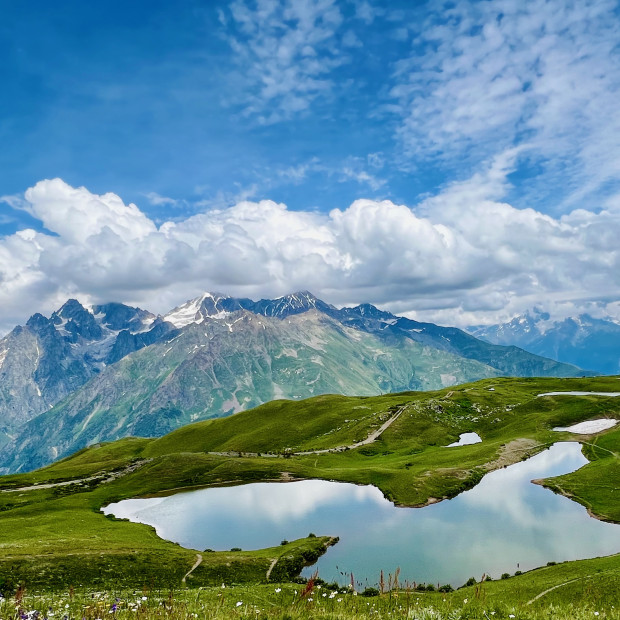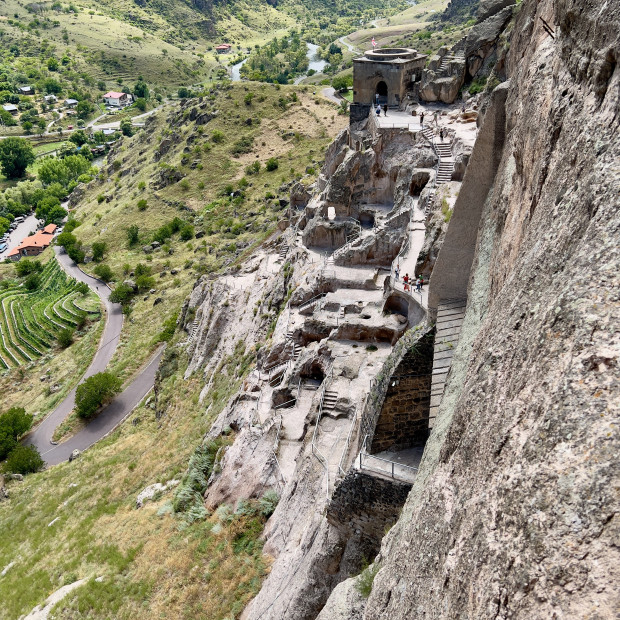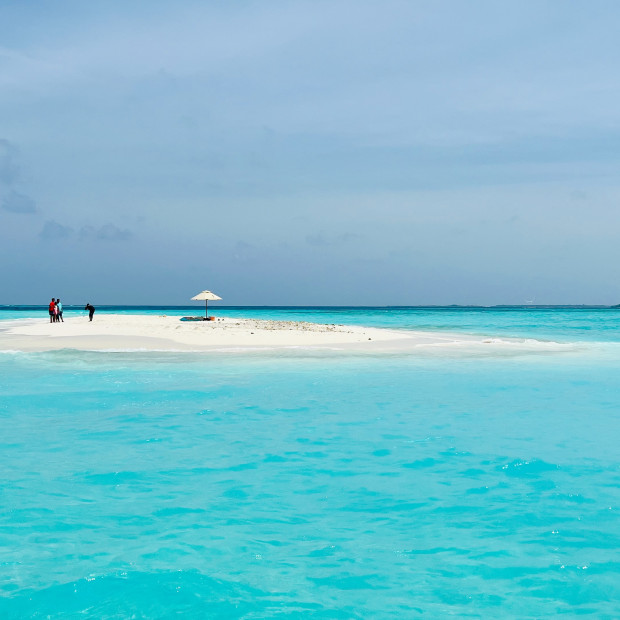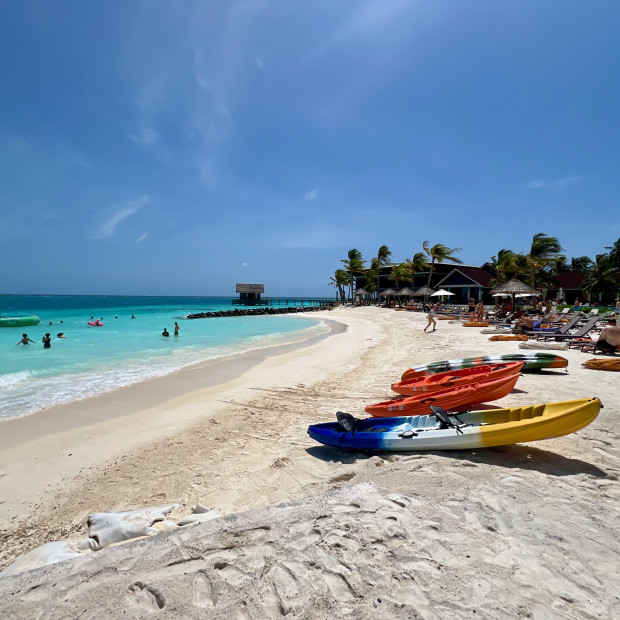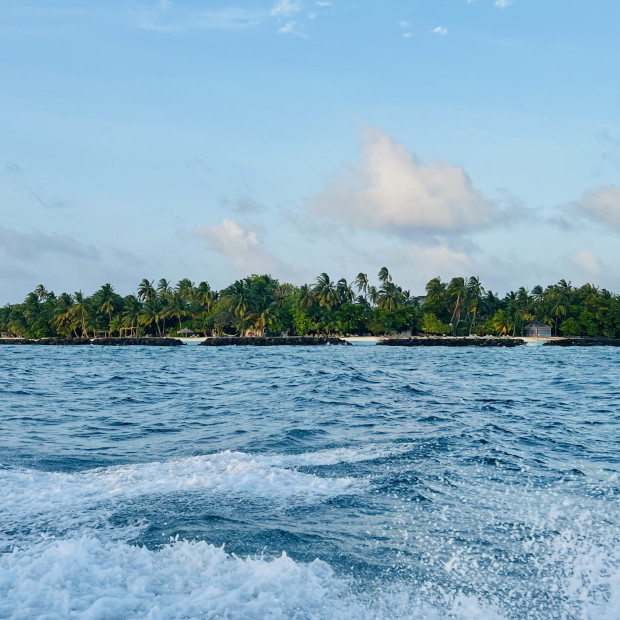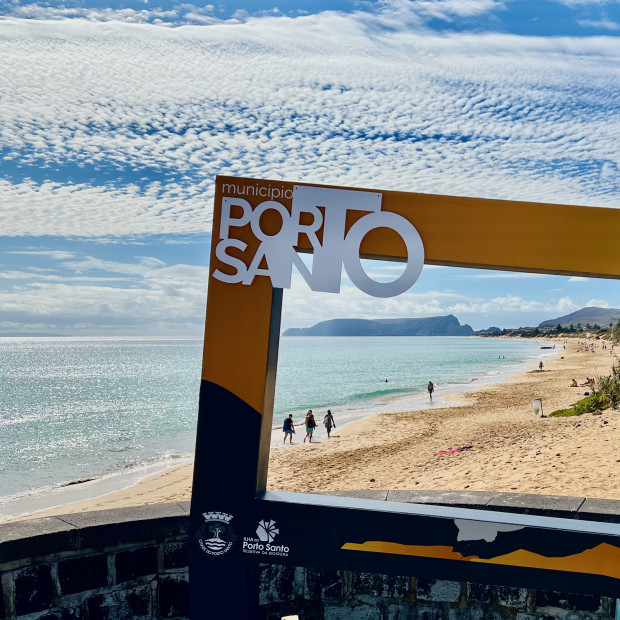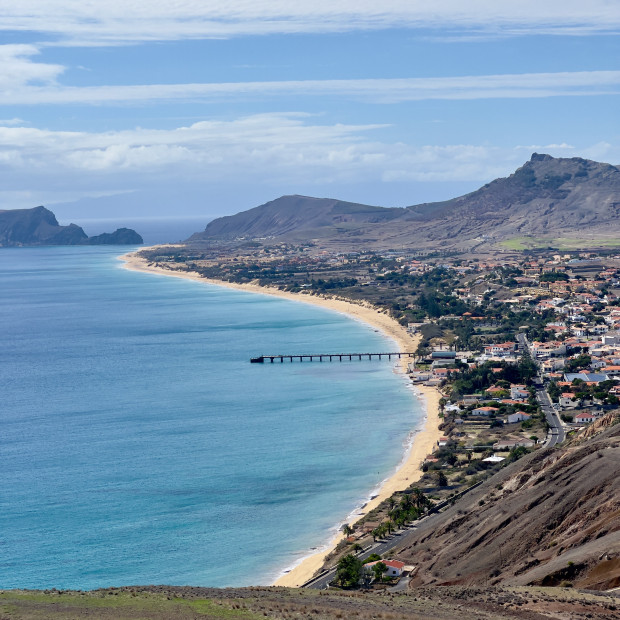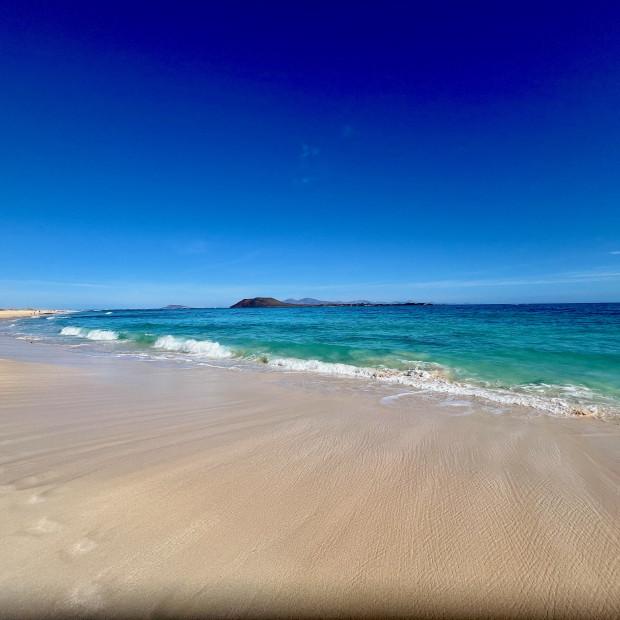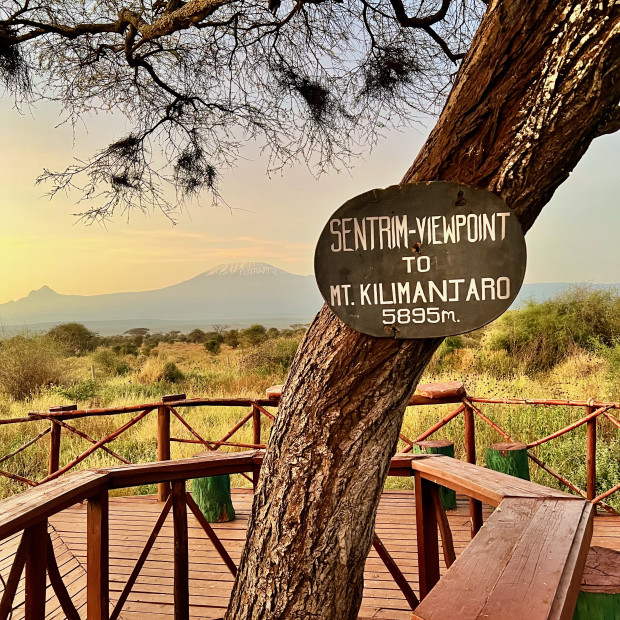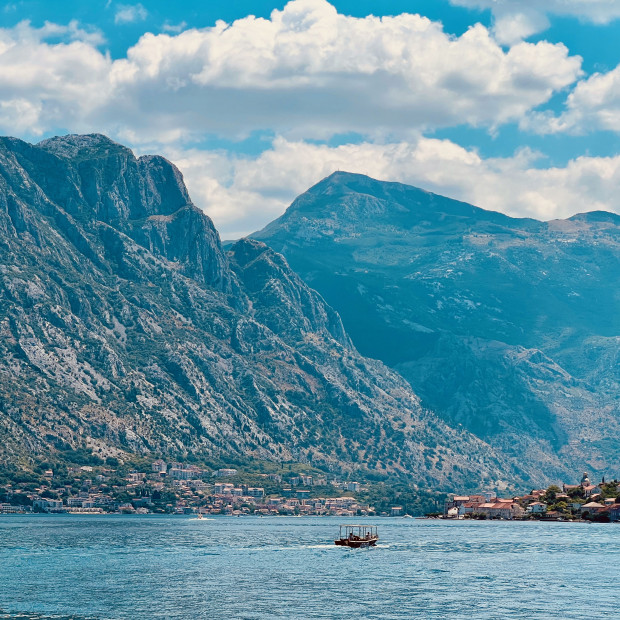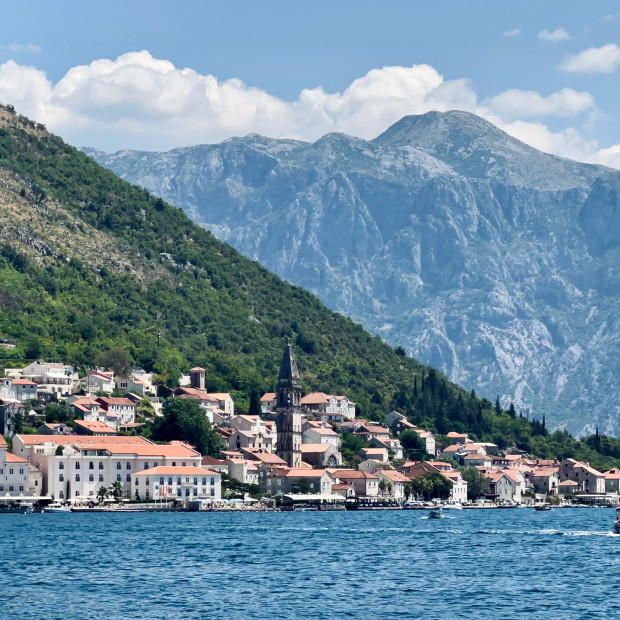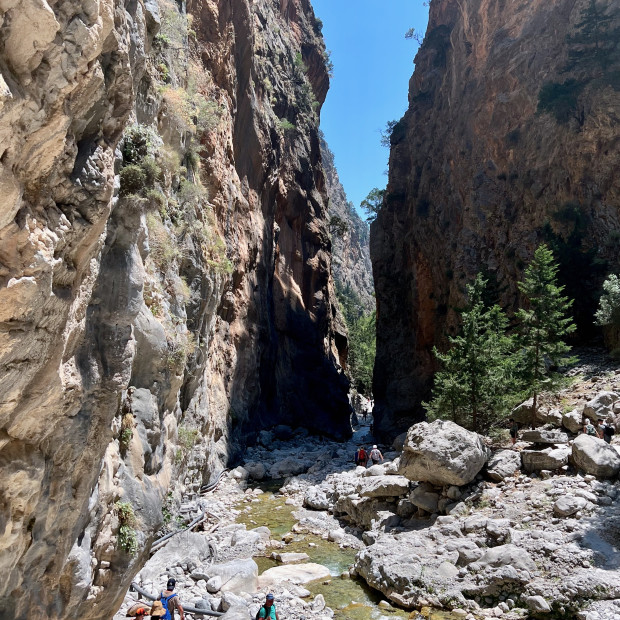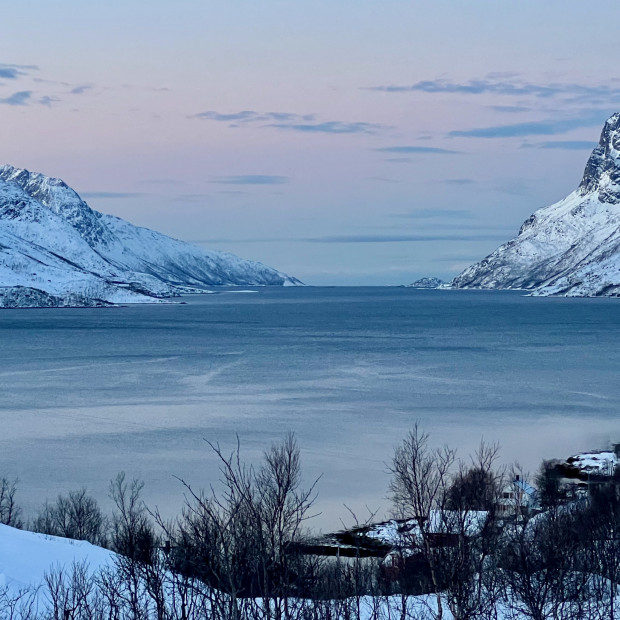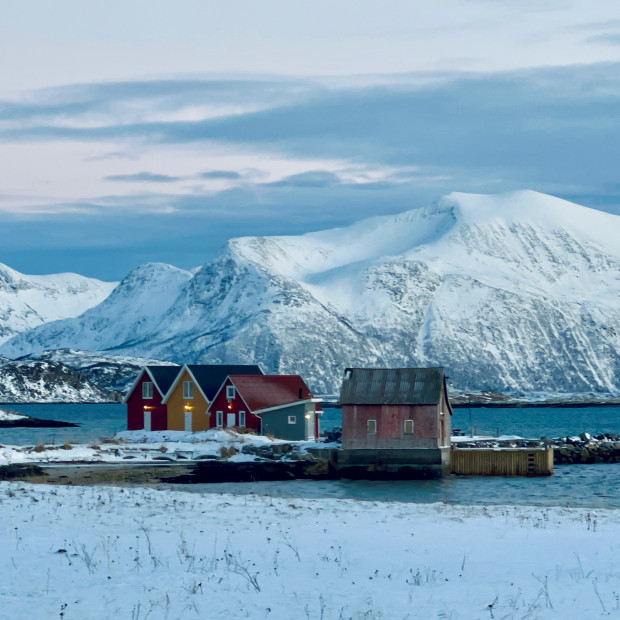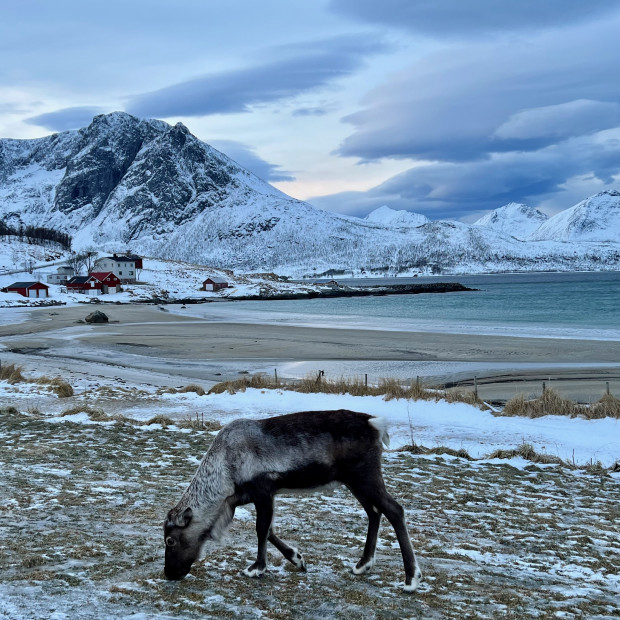About this place
The Kenya-Tanzania Borderlands: In the Shadow of Kilimanjaro
The borderlands between Kenya and Tanzania surrounding Mount Kilimanjaro represent one of East Africa's most culturally rich and visually spectacular regions. This transboundary area encompasses varied landscapes and serves as the ancestral homeland of the Maasai people, whose traditional way of life continues despite modernization pressures.
The terrain transitions dramatically across relatively short distances—from the arid plains of Amboseli on the Kenyan side to the lusher slopes of Kilimanjaro in Tanzania. Between these extremes lie scattered acacia woodlands, seasonal wetlands, and volcanic hills created by the geological forces that formed the Great Rift Valley. During rainy seasons, temporary lakes appear, attracting flamingos and other migratory birds, while the permanent springs fed by Kilimanjaro's melting glaciers sustain wildlife and human communities through dry periods.
The Maasai people dominate the cultural landscape of this region. Traditionally semi-nomadic pastoralists, the Maasai move their cattle herds seasonally in search of grazing land and water. Their distinctive appearance—tall stature, red shuka (cloth) wrappings, elaborate beaded jewelry, and traditional weapons like spears—has become iconic of East African indigenous culture. Despite arbitrary colonial boundaries dividing their traditional territories between Kenya and Tanzania, Maasai communities maintain connections across the international border, which cuts through their ancestral lands.
Maasai social structure revolves around age-sets, with young men progressing through various life stages including the warrior (moran) status. Traditional ceremonies mark these transitions, with the most famous being the jumping dance (adumu) where young men demonstrate strength and agility. These cultural practices continue alongside increasing integration into modern economies, primarily through livestock markets, tourism, and conservation-related employment.
The region hosts several important protected areas beyond Amboseli, including Kilimanjaro National Park in Tanzania and community-owned conservancies in Kenya like Kimana and Olgulului. These conservancies represent an evolving conservation model where Maasai landowners receive direct benefits from wildlife tourism while maintaining limited grazing rights, creating economic incentives for coexistence with wildlife.
Human-wildlife conflict remains a persistent challenge, as elephants, lions, and other species range beyond park boundaries onto community lands, occasionally destroying crops or predating livestock. Various mitigation approaches—from beehive fences deterring elephants to compensation schemes for livestock losses—aim to balance conservation goals with community needs.
Cross-border trade characterizes the region's economic activity, with markets like Namanga and Loitokitok serving as important exchange points. These border towns blend Kenyan and Tanzanian influences in food, language, and commerce, with Swahili serving as the shared linguistic currency alongside local Maa dialects.
Climate change poses significant threats to this ecosystem and its inhabitants. Kilimanjaro's retreating glaciers not only alter the iconic appearance of Africa's highest peak but also threaten water security for downstream communities and wildlife. Increasingly unpredictable rainfall patterns challenge traditional Maasai knowledge about seasonal migrations and grazing patterns.
Despite these challenges, the Kilimanjaro borderlands remain a testament to the possibility of cultural resilience alongside environmental conservation, where ancient traditions adapt to modern realities in the shadow of "The Roof of Africa."

